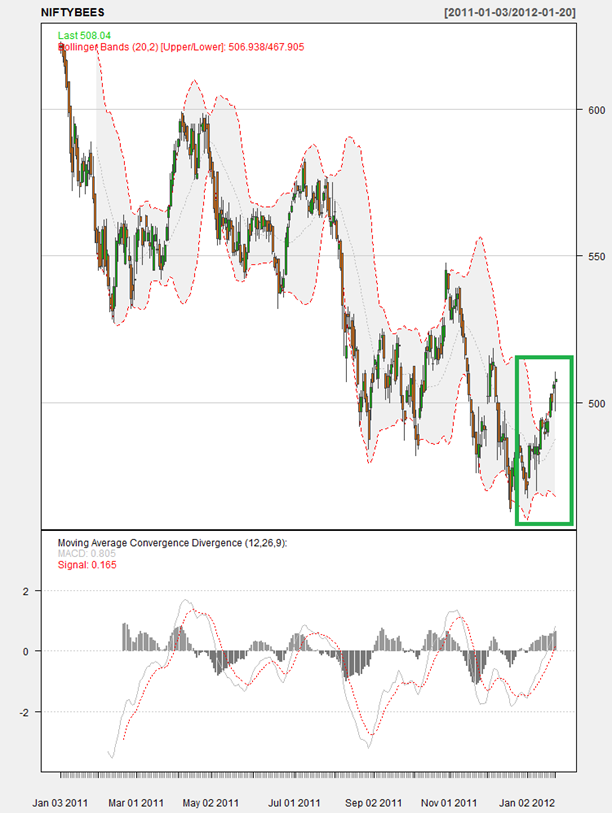
Image via Wikipedia
Market commentators over the last few days have been offering up the Greek debt deal as the reason for flat markets. Its as if once the deal goes through, things will get back to normal again and the stock markets will be off to the races. However, the resolution to Europe’s problem is not easy and is not going to be quick. It is going to get dragged out over the next couple of years and might end badly.
To put the Greek deal in context, the haircuts that are on the table will reduce their debt-GDP ratio to about 120%. This is where Italy’s ratio stands at right now. Besides, Greece’s economy shank 4.5% in 2010 and its Q2 2011 GDP shrank 7.5% from a year earlier. So chances are that this is not going to be the last round of haircuts that Greece will need to get back on its feet. Besides, the whole charade of making only the private sector take losses is going to result in higher yields going forward.
But what’s in store after the debt deal? Its German administered austerity. Austerity is guaranteed to lead to so much social unrest in all the PIIGS that something will break. As the Indian experience shows, its very easy to pander but very difficult to cut back. To give you a flavor of what’s in store: the Italians are already striking, Greece’s tax collection drive is likely to boomerang, Sarkozy is likely to lose the next presidential elections (who knew they took their AAA so seriously) and with a 46% youth unemployment rate in Spain, the official suggestion is that they “leave home”.
Austerity might have worked in the former East Germany, from where Merkel hails. But what the EU needs now is a new Marshall Plan, not a “Fiscal Compact”. Until there are visible signs that such an initiative is in the offing, enter the markets only if you have a strong stomach.
Related articles




